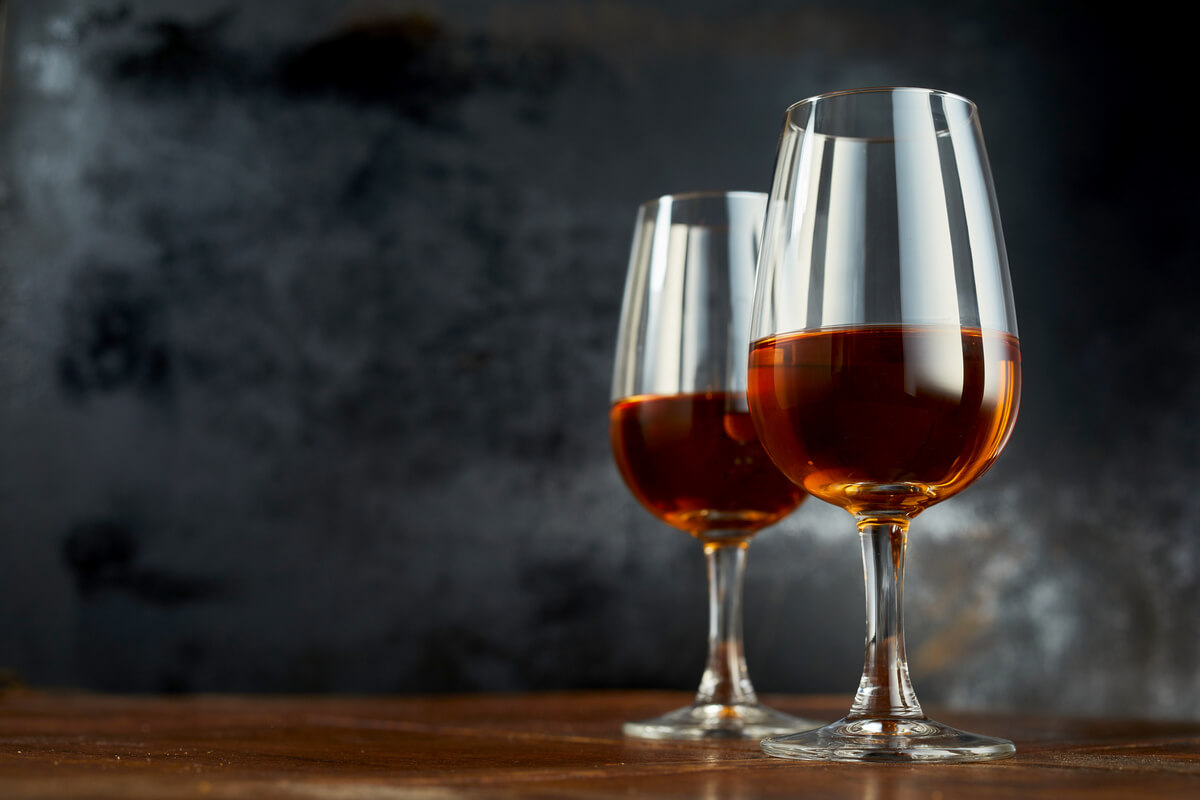Spanish cuisine is, undoubtedly, one of the richest and most varied on the whole planet. In fact, one of the most relevant tourist attractions of this country is its gastronomy. No matter where you go, what local destination you visit or what your preferences are, in Spain you will find all the delicacies you desire.
But what do you really know about Spanish cuisine and its classic, universally-known and delicious dishes? If you are fond of gastronomy in general, and curious about the Spanish one in particular, we bet you will find these ten lesser-known facts about Spanish cuisine very interesting!
1. A melting pot of gastronomic cultures
The geographical location of the Iberian Peninsula has meant that throughout history many cultures have taken an interest in this territory, resulting in an immense variety in terms of gastronomic culture. The Phoenicians and Greeks are the ones who spread the cultivation of vines, wheat and barley. Roman culinary culture was based on more basic products such as sheep’s cheese, lamb, vegetables and fruit. Besides, one of the greatest influences on Spanish cuisine is the Arabic, who left us condiments such as saffron, fish or meat dishes with fruit or nuts, citrus fruits, aubergines, artichokes and pistachios, among others. On the other hand, there are the Christian traditions, for example, regarding pork and the consumption of all its parts. Finally, the discovery of America brought new ingredients such as potatoes, tomatoes, vanilla, paprika, paprika, oats, pulses or chocolate.

2. The Mediterranean diet, Intangible World Heritage
Spain is one of the most representative countries of the Mediterranean diet, inscribed since 2013 as an Intangible Cultural Heritage of Humanity by UNESCO. The Mediterranean diet is considered one of the healthiest, as it includes a wide variety of fresh vegetables and fruits, apart from the appreciated olive oil, and a few more foods.
3. Spain is the world’s top provider of olive oil
Even over Greece and Italy, and featuring an important difference with the second producer. You have some data on this link.
4. Tapas is not exactly a dish
The first meaning of the word tapa in the Spanish Academy (RAE) is precisely what indicates the origin of this culinary treasure of Spanish cuisine: a cover. Although its origins are not verified (here you have a few versions), the tapa (a slice of ham or cheese back then) was simply used to cover the drinks for several reasons.

5. Spanish saffron is considered the best in the world
Saffron is one of the most appreciated spices in Spanish cuisine. And also the most expensive in the world. Mainly because its harvesting is very laborious, apart from the fact that the flower fades in a single day. Imagine that each saffron flower provides about 7 milligrams of dried saffron. The Spanish red gold (as it is also known) is considered the best in the world for its excellent quality.
6. Paella has its own whatsapp icon
Yes, Spanish cuisine cannot be understood without the universally-known paella. And that is why since 2016, this exquisite dish has its own emoji on whatsapp. Not very faithful to reality, though;)!
7. Real paella has no seafood
Quite a controversial topic among Spaniards, yes! Paella has its origin in Valencia. However, it is such a delicious dish that numerous versions (equally tasty though) have extended all over Spain. But the genuine paella (Paella Valenciana) has no seafood at all. The ingredients are chicken, rabbit, and a few vegetables, rice, and saffron. Truly delightful! Here you have the Valencian recipe.

8. Sherry wine is only produced in Jerez
Sherry is a very famous wine all around the world, but it is solely produced in a specific place of Spain: the Andalusian region of Jerez, in Cádiz. Amontillado, Palo cortado, Manzanilla o Fino are some of its types.
9. Ice in the coffee but not in a glass of wine
The summertime favorite drink after lunch is simply coffee with ice for many Spanish people. The preparation is easy: a solo coffee (black coffee) with two glasses: one containing the espresso and another one with the ice cubes. On the contrary, do not put an ice cube in your glass of wine if you are in Spain! Let ‘s say it is forbidden ;). Of course, it is not only correct but compulsory to put ice cubes in the sangría, or in the tinto de verano.
10. Churros is not a dessert
Despite what many people think, churros is not a dessert. A typical delicacy of the Spanish cuisine, the chocolate con churros are more a sort of breakfast for cold days, or the ideal treat after a long night out;)






